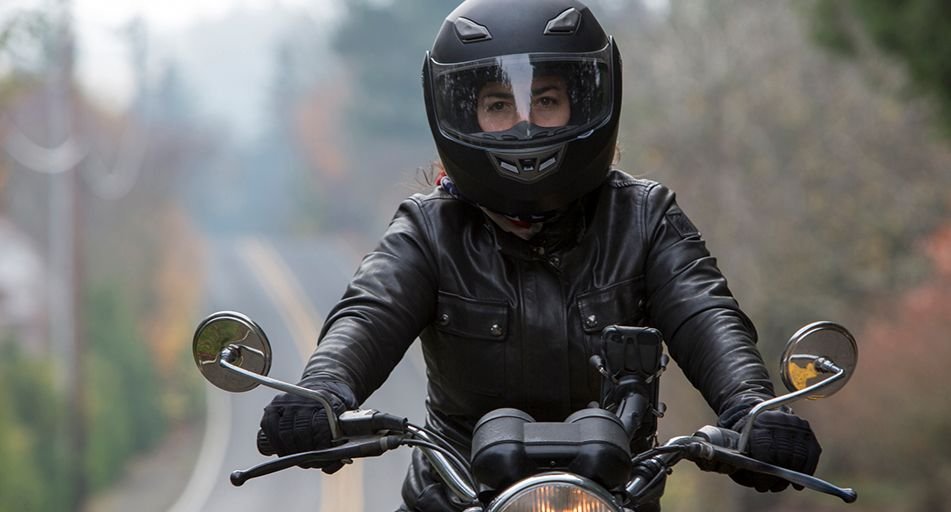
What Motorcycle Helmet Works Best?
When it comes to motorcyclists’ safety gear, the helmet is usually the first thing to come into question. Given the variety of headgears that the market has to offer today, picking the one that fits your purpose perfectly without being too much of an investment can be a tough task.
From maximum-coverage full-face models, lightweight half-helmets to fancy Bluetooth-enabled models such as those featured by yourmotobro.com, there’s a lot to take into account when shopping for a motorcycle helmet.
Design
Motorcycle helmets come in many shapes, depending on what you prioritize. There are some best smart motorcycle helmets you can buy online.
The safest type is full-face, which offers maximum coverage with a chin bar that prevents some common kinds of injury in accidents. This is the recommended helmet anatomy for beginning riders and those who generally prefer the streets.

Open-face models offer less protection around the chin for slight reduction and weight but do less in terms of fencing off water and debris. There’s also a mix of open-face and full-face that’s called a modular helmet, where you can flip up the visor and chin bar as needed.
If you expect to encounter a lot of mud and dirt, consider getting an off-road model — lightweight but safe with a large visor and pronounced chin bar.
Safety Features
Despite the evolution in helmet design that’s taken place since the article was first introduced to motorcyclists, its basic anatomy remains the same.
There should be a rigid, strong outer shell that offers protection against abrasion and impact as well as penetration by rocks and other potentially damaging objects. There’s always a tradeoff between weight, price, and strength, thermoplastic and fiberglass being relatively light and cheap but not the toughest options, while Kevlar and carbon are remarkably safe, not especially heavy, but also expensive.
Then there is inner padding, ideally consisting of two layers. The outermost padding layer is known as impact absorption and plays a key role in ensuring the motorcyclist’s safety in case of impact. Therefore, we recommend getting a helmet where this layer is made of high-density material as opposed to lower density.
Underneath the impact absorption layer lies the comfort padding, which adds a lot to the user’s experience. As a rule of thumb, it’s best to choose one that’s removable and washable because we all sweat. That’s why materials that wick moisture away from the surface of our skin are preferable.

Finally, a good helmet has a secure retention system, usually represented by a chin strap to keep it from sliding off your head. Most helmets come with similar chin straps, but make sure to choose one that leaves space for two fingers only between your chin and the strap itself; otherwise, it won’t be secure enough. Again, a moisture-wick cover is preferable.
Extras
Ventilation is another important aspect. With helmets that offer considerable coverage, it’s best to opt for a model where the vents can be adjusted according to the weather.
The visor determines how well you can see the road. Ideally, it should be removable for ease of cleaning and come with an anti-fogging coating.
Besides, full-face and open-face helmets come with cheek pads for added comfort. Just like the comfort padding layer, these should be removable for washing and wick away moisture.
Picking the Best Helmet: Bottomline
What helmet to choose depends on your preferred setting, full-face being the general recommendation for street riders and off-road for those who like it dirty. You can also consider a modular design as a more versatile solution. Regardless of the shape you choose, be sure to pick the safest quality materials and get the right size for your head. Stay safe!




